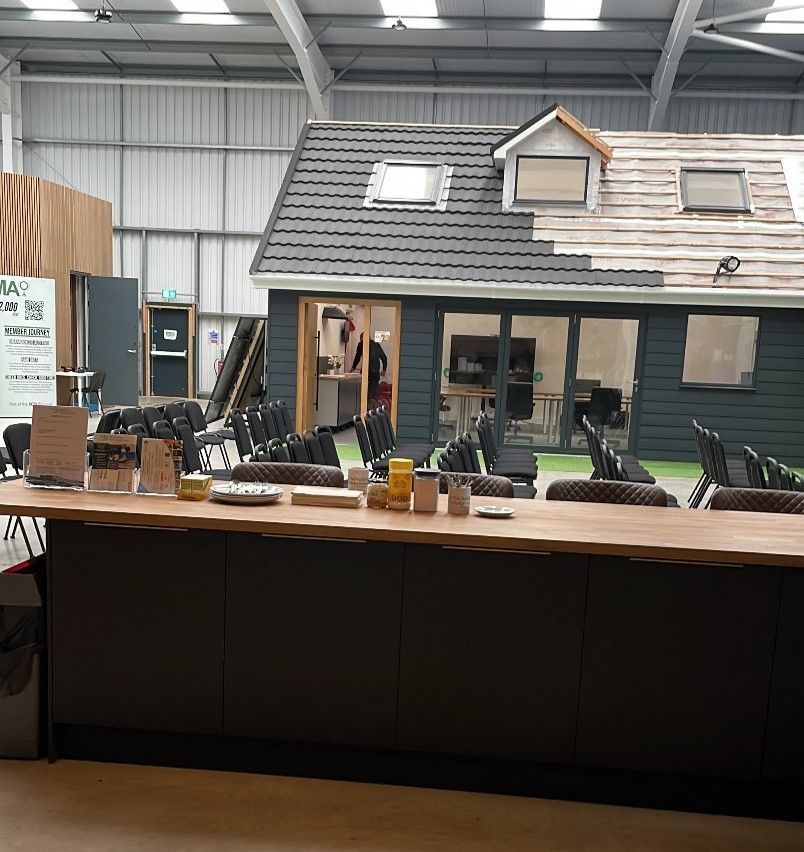Part O – Top 5.5 things you need to know!
Top 5.5 Things you need to know about Part O
Part O will come into effect on the 15th June 2022. Since the publication of Part O many have asked a variety of questions ranging from how do I fill out the paperwork, does dynamic simulations provide better results and does London have its own Part O regulations?
We are running a free Part O CPD on the 25 August 2022 @ 12:00. Please sign up to this or if you are a larger architect practise, building control or architect society we could arrange something specific for you.
Email james@ashbyenergy.co.uk if this is you.
We have provided a top 5.5 things you need to know list all about the new part O.
1. How much glazing can I have?
If you intend to assess all your dwellings via the dynamic simulation process, then there is no limit to the amount of glazing any dwelling can have. You will still need to achieve compliance with Part O but this could be demonstrated by incorporating a mitigation strategy to prevent excess solar gain from coming into the dwelling. For example, a low g-value window.
If you want to stay with the simplified approach then yes a limit to the amount of glazing is applied. The restriction is based on the façade that has the most glazing therefore, the same house type will need different window designs based on the orientation.
For more info on the two approaches or more on the amount of glazing you allow please see our Part O page.
2. What paperwork needs to be completed for Part O?
Approved Document Part O: Overheating page 18 – 19 for the simplified approach and pages 18 & 20 for dynamic. The builder or building control office should complete page 21.
3. Does London have its own Part O Regulations?
No! London does not have its own regulations but London is defined as high-risk location so it does have its own standard to follow within Part O.
4. I’m building a glazed extension, do I need to comply with Part O?
No! Part O is specific to new build only. Glazed extension and conservatory are not covered by this regulation.
5. Do care homes and hotels require an assessment?
Yes for care homes and no for hotels! The care home is classed as a residential institution and would be covered by Part O. However, hotels are not covered, “institution or any other building containing one or more rooms for residential purposes, other than a room in a hotel”
Source:
Approved Document Part O: Overheating Page 11
5.5 Give us a call to discuss your options
Give us a call to discuss your project. We are always happy to talk about concerns you may have and provide you a quotation for the work.
Once we start the work we can provide you with numerous options for compliance to ensure everyone wins.
Please do give us a call
01476 870 504 or e-mail to james@ashbyenergy.co.uk
Ashby Energy Assessors Blog and News




